wikiHow is a “wiki,” similar to Wikipedia, which means that many of our articles are co-written by multiple authors. To create this article, 9 people, some anonymous, worked to edit and improve it over time.
wikiHow marks an article as reader-approved once it receives enough positive feedback. In this case, 92% of readers who voted found the article helpful, earning it our reader-approved status.
This article has been viewed 70,544 times.
Learn more...
Bearings in an engine are used to support moving mechanical parts and protect those parts from frictional degradation. The heavier and more powerful the engine, the stronger the bearings must be to provide this support and protection. In 1839, a special material called Babbitt metal was developed. Babbitt metal was quickly adopted to make strong bearings called Babbitt bearings. Babbitt bearings were used widely in heavy gasoline engine powered equipment. These types of equipment dealt with heavy load requirements, such as milling, planing and chipping trees. By 1949, metallurgy advances from World War II had rendered the Babbitt bearing practically obsolete for use in automobiles. However, many who admire time honored ways continue to use gasoline powered equipment with Babbitt bearings. As the Babbitt bearing is no longer commercially available, these enthusiasts must pour and cast their own Babbitt bearings. Use these tips to learn how to pour Babbitt bearings.
Steps
-
1Remove the old bearing. Babbitt bearings are solid and must be melted off with an oxy-acetylene torch, available at hardware and building supply stores. Open the bearing case and melt off the old bearing, making sure you melt the retaining grooves and holes, as well. Collect the melted Babbitt in a cast iron lead melting pot, available at welding supply outlets. Scrape remaining Babbitt from the bearing case, grooves and holes and add them to the pot.
-
2Get more Babbitt. You should not reuse the Babbitt that has been melted off due to impurities from years of use. Determine which alloy of Babbitt that you need. You can determine which alloy is needed with the surface speed of the shaft and the load the bearing is going to be caring. Tin and Lead based Babbitts have different compositions for different loads and uses. The formula in the following reference will help you to find which Babbitt alloy is right for your bearing. Babbitt metal is usually available at sawmill supply companies, chipper companies or some hardware stores. It is also available to be ordered directly from manufactures like Kapp Alloy.[1]Advertisement
-
3Prepare the surfaces. Bearing surfaces are then typically cleaned with a solvent to remove any oil or other contaminant residues. On very well-worn and old surfaces, this can be the most difficult part of the bearing refurbishment. Often, the lubricants and contaminants have worked well into the steel and old bearing Babbitt. You may find that you think the surface is clean, but on heating, more contaminants and oil surface from the steel. These contaminants can be drawn out by alternating: a. heat while scrubbing with a stainless steel brush, and b. solvent treatments. Removing these contaminants is critical to a uniform Babbitt bond. Make sure that the shaft to be supported by the bearing is smooth and clean.
-
4Coat the shaft. To prevent the shaft from sticking to the bearing, coat the shaft with smoke from a low flame kerosene lamp or a candle.[2]
-
5Position the parts. Place the bearing shell in the vertical position. Align the shaft in the exact middle of the bearing shell. Plug or dam the holes in the bearing, except for the fill hole. Clay, wood, sheet metal and fireproof pasteboard can all be used to plug the holes.[3]
-
6Melt the Babbitt metal. Use the cast iron lead melting pot. Heat the Babbitt metal to the desired pouring temperature depending on the Babbitt alloy. An electric lead pot designed to cast bullets is the preferred method because the pot has a temperature control. The melters typically are available at armory supply shops and specialty forging shops. These outlets also should be able to provide a bullet caster's thermometer, which is used to ensure that the Babbitt metal is at the desired temperature.[4]
-
7Heat the bearing shell and the shaft. This will minimize the thermal shock when pouring and yield a properly formed and consistent bearing. Heat the bearing shell and shaft to about 250 degrees F (121 degrees C) so that moisture will evaporate quickly, but not sputter.[5]
-
8Skim clean the molten Babbitt metal. When the Babbitt metal has reached the proper temperature, stir the fluid. Skim off any dross (impurities) that have floated to the top of the molten metal.
-
9Pour the bearing. Pour the molten Babbitt metal into the bearing shell. If the ladle is not big enough to fill with 1 pour, work quickly to get the second pour in so that no boundary forms between the 2 pours.
-
10Finish the bearing. Allow the bearing to fully cool. Use a drill to drill out the oil holes. Clean any excess material from the drilling. Use a diamond shaped chisel to chisel an oil groove from the oil holes to about 0.25 inches (6.35 mm) from the end of the bearing. The oiling groove must be cut on the inside surface of the bearing, so the bearing must be driven off of the shaft for the chiseling and then replaced. Clean any excess material left from the chiseling.[6]
Community Q&A
-
QuestionWhat is the clearance between the bearing and the shaft? Should it be size on size or a couple thousandths clearance?
 Community AnswerIf it is a split Babbitt, you will have a gasket between the two halves that allow for tightening due to wear. The procedure pretty much leaves it size to size. After you cut the grooves and put it together, it is recommended to grease or oil it up and run it with a small electric motor and belt to wear it in for 24 - 48 hours, which allows you to check for excess heat, and general operating soundness.
Community AnswerIf it is a split Babbitt, you will have a gasket between the two halves that allow for tightening due to wear. The procedure pretty much leaves it size to size. After you cut the grooves and put it together, it is recommended to grease or oil it up and run it with a small electric motor and belt to wear it in for 24 - 48 hours, which allows you to check for excess heat, and general operating soundness. -
QuestionCan Babbit be used to fill between a worn shaft spline?
 Community AnswerDue to Babbit's inherent softness compared to the metallurgy required for shafting applications, I would not recommend it.
Community AnswerDue to Babbit's inherent softness compared to the metallurgy required for shafting applications, I would not recommend it. -
QuestionAt what temperature does grade 2 babbitt melt?
 Community AnswerFor babbitt ASTM grad, the melt temperature is 466°F and the pour temperature is 795°F.
Community AnswerFor babbitt ASTM grad, the melt temperature is 466°F and the pour temperature is 795°F.
Warnings
- Wear protective clothing. A metal working apron, face guard and protective gloves should be worn while handling hot metal.⧼thumbs_response⧽
- Wash hands thoroughly after completion. The toxic compounds released during the melting of the Babbitt metal can stick to your hands. Never eat before washing your hands while performing this process.⧼thumbs_response⧽
- Melted Babbitt metal must be handled very carefully, particularly if there is a chance of exposure to moisture. The moisture will create an instant steam explosion that will splatter the molten Babbitt metal. Splashes of melted Babbitt metal will cause severe injury and may be an ignition hazard.⧼thumbs_response⧽
- Melt the Babbitt metal in a well ventilated area. Toxic fumes may be released during melting.⧼thumbs_response⧽
Things You'll Need
- Oxy-acetylene torch
- Lead melting pot
- Babbitt metal
- Kerosene lamp or candle
- Packing material
- Electric lead pot
- Bullet caster's thermometer
- Metal working apron
- Face guard
- Protective gloves
- Clean wiping rags
- Drill
- Diamond shaped chisel
References
- ↑ https://www.kappalloy.com/selection-guide/babbitt-selection-tool/
- ↑ http://www.frenchriverland.com/pouring_a_babbitt_bearing.htm
- ↑ https://www.youtube.com/watch?v=02L5z3kflDU
- ↑ https://www.youtube.com/watch?v=VhEbsuqTCck
- ↑ http://www.frenchriverland.com/pouring_a_babbitt_bearing.htm
- ↑ https://www.youtube.com/watch?v=wZh2VZbqQiI
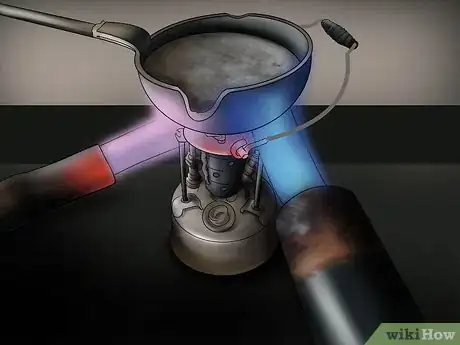

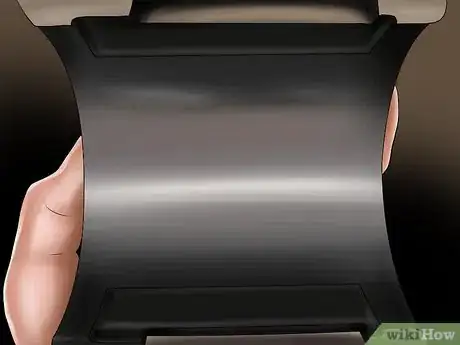
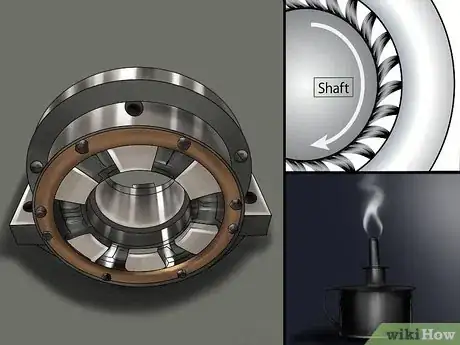
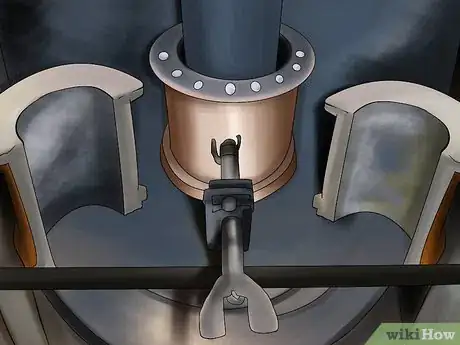
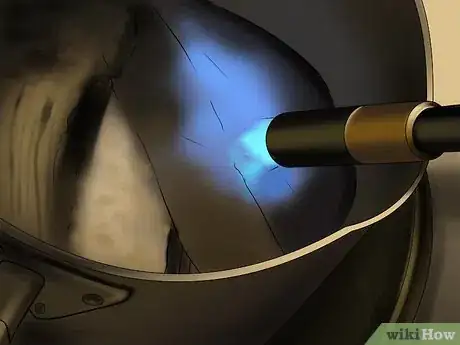
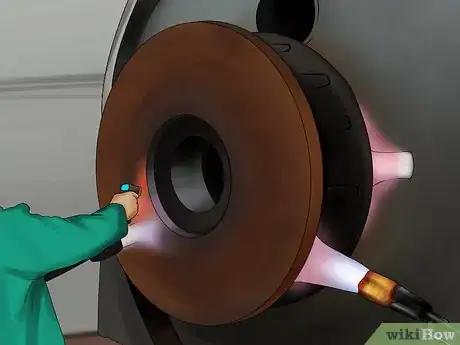
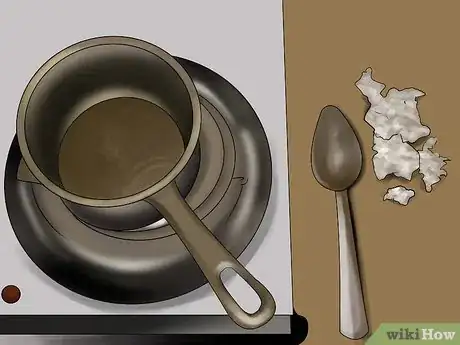
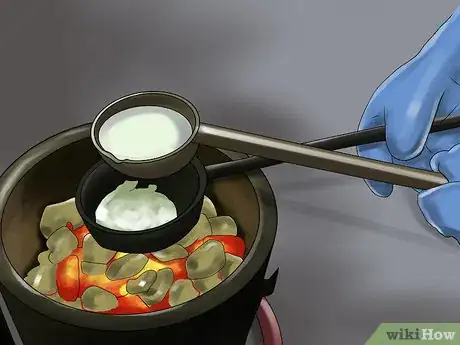




-Beetle-Step-5-Version-3.webp)

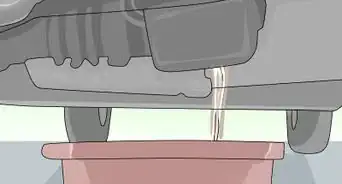


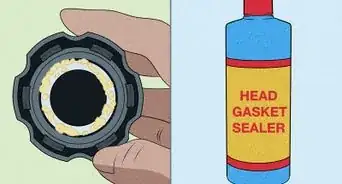
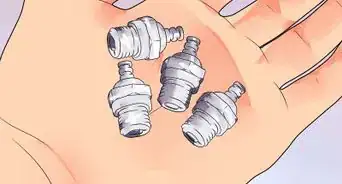


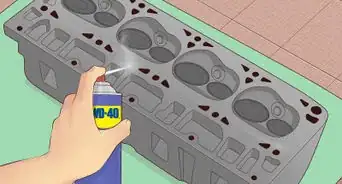








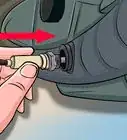


-Beetle-Step-5-Version-3.webp)


































